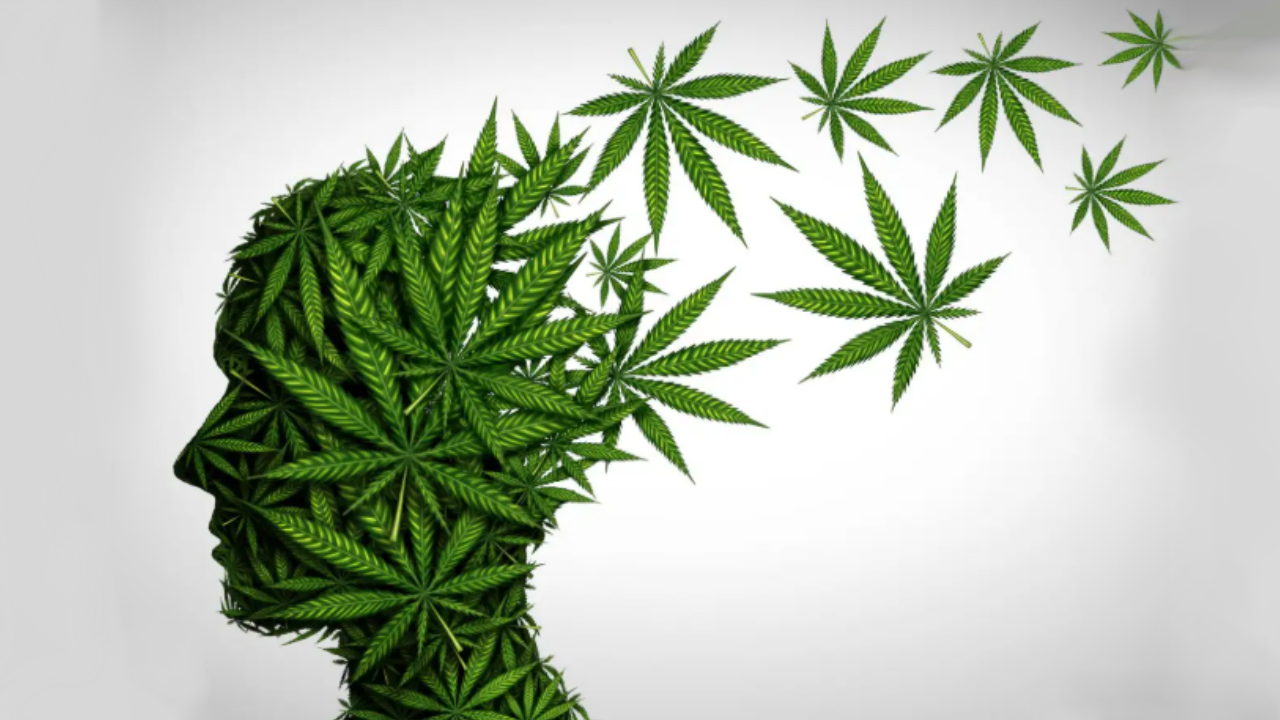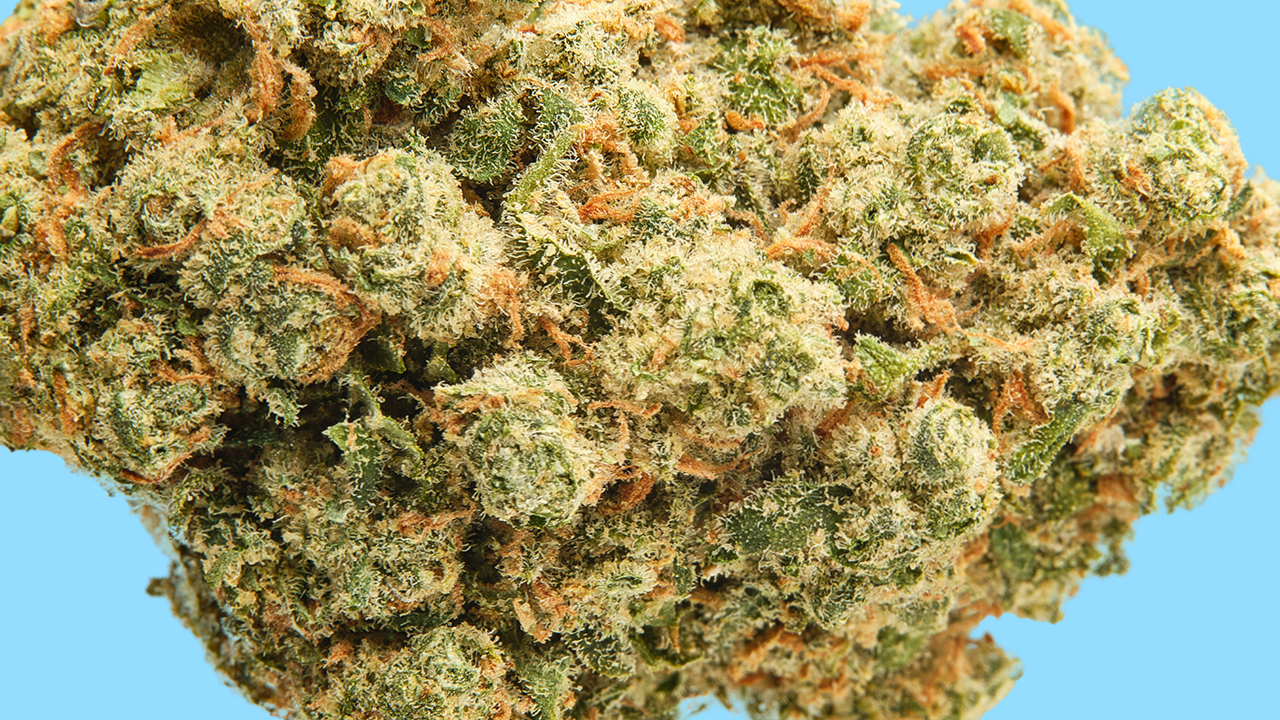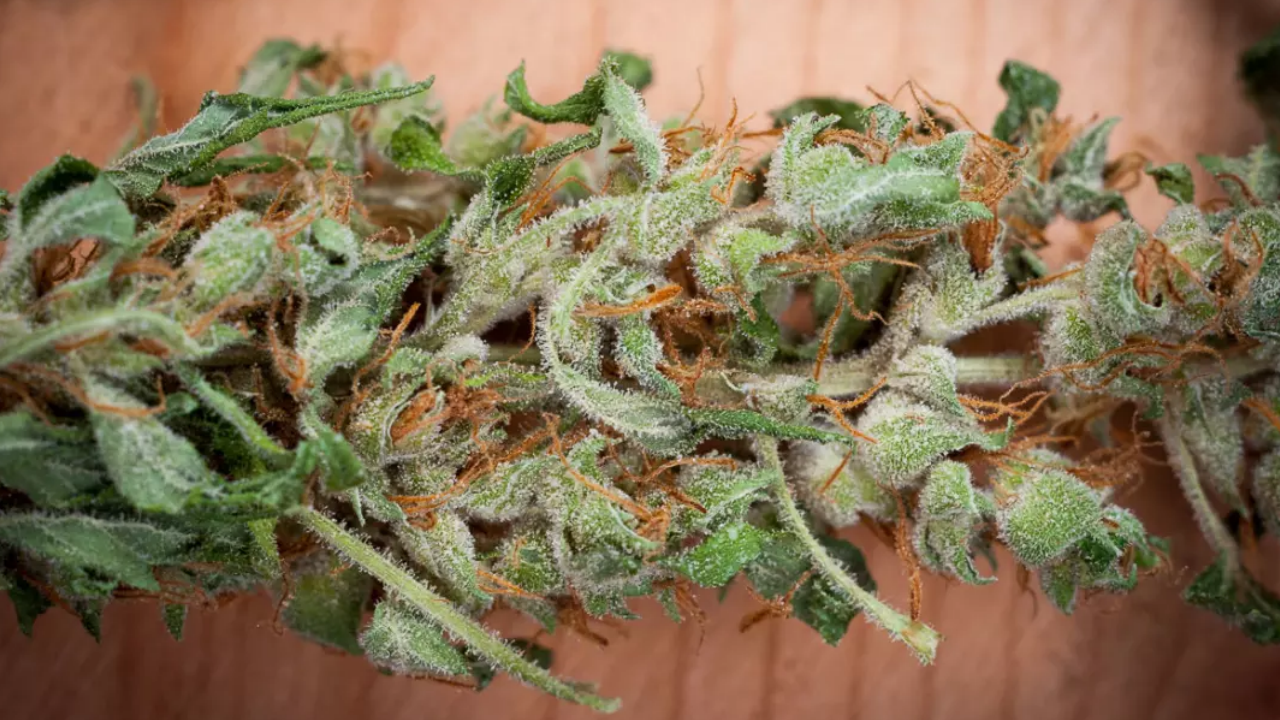The Influence of Cannabis and Hashish on Creative Works
Throughout history, cannabis and hashish have served as muses for countless artists, writers, and creative thinkers. The psychoactive effects of cannabis, which alter perception, elevate mood, and enhance sensory experiences, have been linked to heightened creativity and out-of-the-box thinking. From the literary works of the 19th century to modern visual arts and music, cannabis has played a role in influencing some of the most remarkable pieces of creative expression. This article explores notable literature, art, and cultural works that were produced or inspired by cannabis and hashish users.
Cannabis in Literature: Poets, Writers, and the Hashish Club
The influence of cannabis on literature dates back to the 19th century when hashish consumption spread across Europe and North America. One of the most notable groups to popularize hashish for creative purposes was the Club des Hashischins (The Hashish Club) in Paris, founded in the 1840s. This club included some of the most prominent literary and artistic figures of the time, including Charles Baudelaire, Théophile Gautier, and Alexandre Dumas.
Baudelaire, a French poet known for his influential work Les Fleurs du mal (The Flowers of Evil), often wrote about altered states of consciousness, heavily influenced by his experiences with hashish. His prose poem The Poem of Hashish vividly captures the dreamlike and surreal experiences induced by cannabis, demonstrating its effect on his literary imagination.
In America, the Beat Generation of the 1950s and 1960s also embraced cannabis as a creative tool. Writers such as Jack Kerouac, Allen Ginsberg, and William S. Burroughs used cannabis to fuel their uninhibited literary works, often breaking traditional narrative structures and experimenting with stream-of-consciousness writing.
Cannabis and Visual Art: Surrealism and Psychedelia
Cannabis has also influenced the visual arts, particularly in the realms of surrealism, psychedelic art, and contemporary counter-culture movements. During the 1960s and 1970s, as cannabis use became widespread, a new wave of psychedelic art emerged that reflected altered states of consciousness. Bright colors, intricate patterns, and dreamlike compositions characterized this genre, often inspired by cannabis and hallucinogenic substances.
One prominent artist whose work was influenced by cannabis was Alex Grey. His visionary artwork explores themes of spirituality, interconnectedness, and the human mind—common themes that resonate with cannabis users seeking higher consciousness. Grey’s work has been widely celebrated in the psychedelic and music festival scenes, showcasing the impact of cannabis on visual creativity.
Cannabis has also been influential in the realm of street art and graffiti. Artists seeking inspiration or a different perspective often turn to cannabis to access a freer and more expressive form of creation. The spontaneous and unfiltered nature of cannabis-influenced art is seen in murals, graffiti, and mixed-media installations across urban landscapes worldwide.
Music and Cannabis: Enhancing Sonic Creativity
Cannabis has had a profound effect on the music industry, spanning various genres from jazz and reggae to rock and hip-hop. In the 20th century, legendary jazz musicians like Louis Armstrong and Duke Ellington were known cannabis users. Armstrong, in particular, often spoke about how cannabis helped him relax and enhance his musical improvisation. His free-flowing and inventive trumpet solos were, in part, inspired by the calming and mind-expanding effects of cannabis.
In the 1970s, the reggae movement in Jamaica, led by iconic musicians like Bob Marley and Peter Tosh, heavily intertwined cannabis with spiritual and creative expression. Marley often referred to cannabis as “the healing of the nation” and credited it for connecting him to a higher plane of consciousness, influencing his powerful and uplifting music.
In the contemporary music scene, cannabis remains a prevalent source of inspiration. Hip-hop artists like Snoop Dogg, Wiz Khalifa, and Cypress Hill have built entire brands around cannabis culture, using it as a symbol of artistic freedom and resistance against societal norms.
The Ongoing Influence of Cannabis on Creativity
The relationship between cannabis and creative expression remains strong today, as more artists, writers, and musicians publicly embrace its use for inspiration. Research suggests that cannabis can enhance divergent thinking—a cognitive process linked to creativity—allowing individuals to generate novel ideas and innovative solutions. This may explain why so many creatives find themselves drawn to cannabis to break through mental blocks or access fresh perspectives.
However, it is essential to recognize that cannabis affects individuals differently, and not everyone experiences enhanced creativity. Some may find their thoughts scattered or their focus diminished. Thus, the use of cannabis in creative pursuits is highly subjective and personal.
Cannabis and hashish have undeniably left their mark on the creative world, influencing some of the most groundbreaking works in literature, art, and music. Whether through the dreamlike prose of Baudelaire, the surrealistic art of Alex Grey, or the soul-stirring music of Bob Marley, cannabis has consistently served as a tool for tapping into deeper layers of imagination. As the stigma around cannabis use continues to diminish, its impact on the creative world is likely to expand, inspiring future generations to explore new artistic horizons.
Sid Prince
Photo credit: https://www.newscientist.com/article/2394424-how-we-get-high-unlocking-the-secrets-of-the-endocannabinoid-system/


